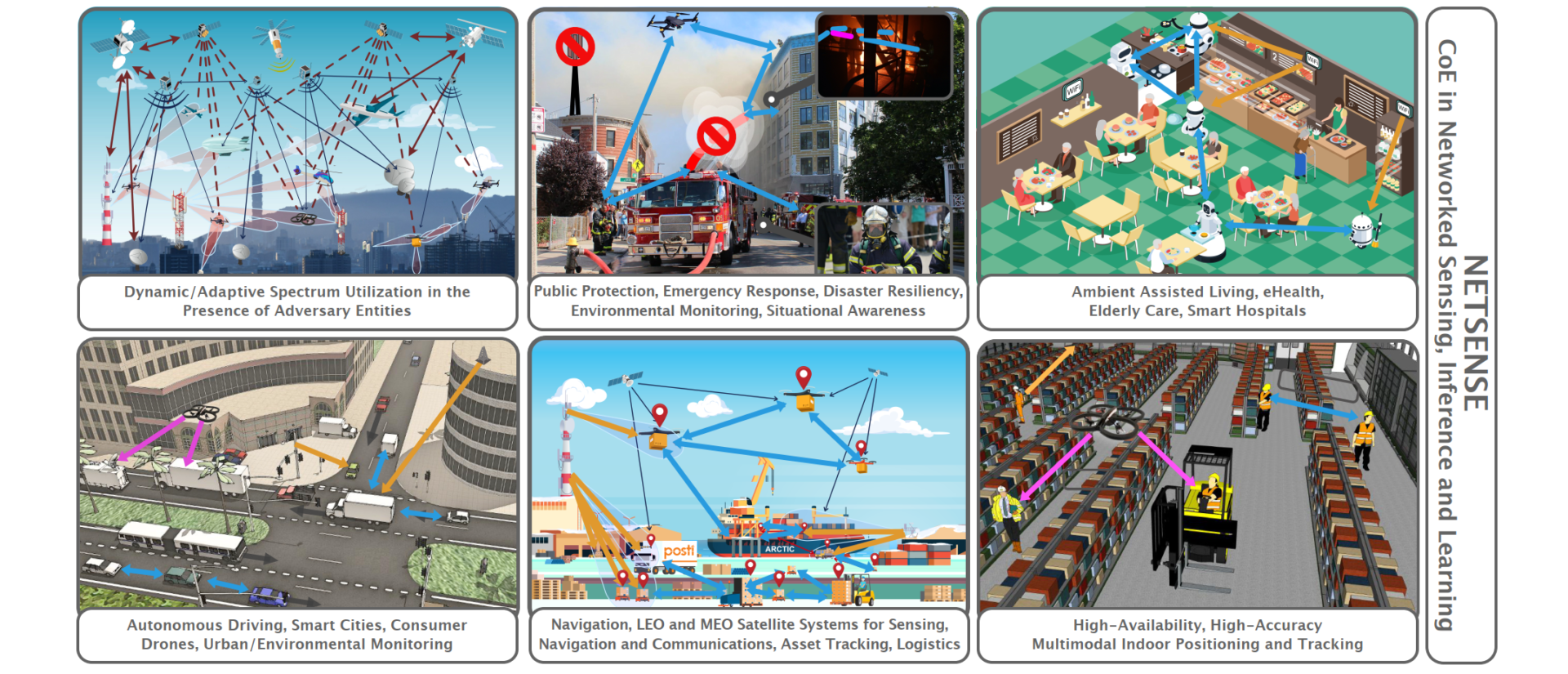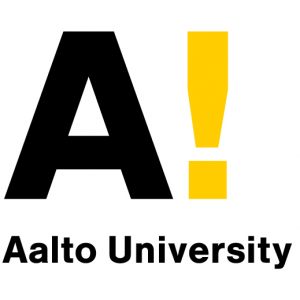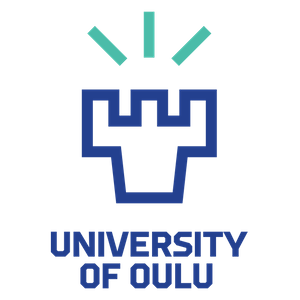
CoE in Networked Sensing, Inference and Learning (NETSENSE)
Sensing the physical world is essential for modern technologies, supporting a wide range of applications, from smart cities and healthcare to advanced industries and public safety. The NETSENSE Centre of Excellence (CoE) is committed to advancing these capabilities by capturing data from physical phenomena using state-of-the-art sensors, including RF, acoustic, environmental, and imaging technologies, across terrestrial and satellite systems. This data, processed via wireless networks of interconnected devices, must prioritize system resiliency, ensuring networks can withstand disruptions, respond to adversarial events, and adapt to dynamic environments. However, resiliency alone is not enough—security, privacy, and environmental sustainability are equally critical. Safeguarding sensitive data, reducing CO2 emissions, minimizing energy consumption, and efficiently managing limited spectrum resources are key challenges. With the most favorable spectrum bands already heavily utilized, efficient spectrum sharing and system coexistence have become increasingly crucial. Addressing these challenges requires designing robust, secure, and sustainable network systems.
NETSENSE conducts pioneering research by developing methods that integrate physical world models with hardware limitations and constraints. These scalable methods, ranging from small to massive datasets, leverage sensing, networking, and computational resources in an energy-efficient and sustainable manner. They ensure provable performance, enhance security, and protect privacy, setting new standards in networked sensing, inference, and learning, with strong guarantees for resiliency, security, and sustainability. To meet these demands, Aalto University, Tampere University, University of Oulu, and University of Vaasa have combined their expertise to form the NETSENSE CoE. This world-class multidisciplinary unit, comprising eight PIs—including three IEEE Fellows, a RAS Fellow, and a highly cited researcher—brings together complementary expertise to address high-impact research problems.
NETSENSE’s focus on fundamental research complements national science flagship programs in 6G and artificial intelligence, laying the groundwork for disruptive technologies beyond the 2030s. By addressing long-term challenges, NETSENSE will strengthen the resiliency of ICT infrastructures, benefiting businesses and society at large by ensuring continuous, secure operations in the face of future disruptions.




